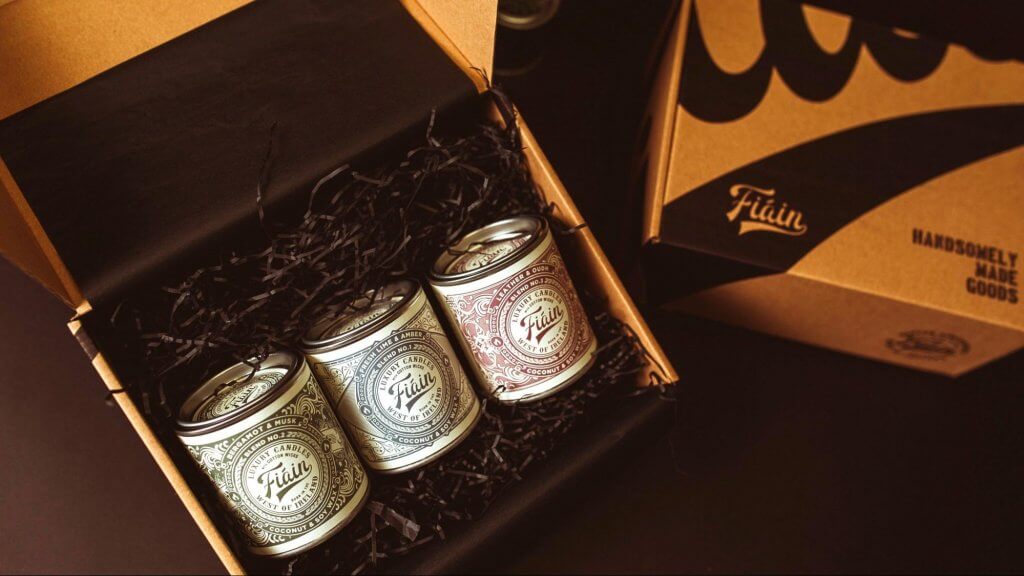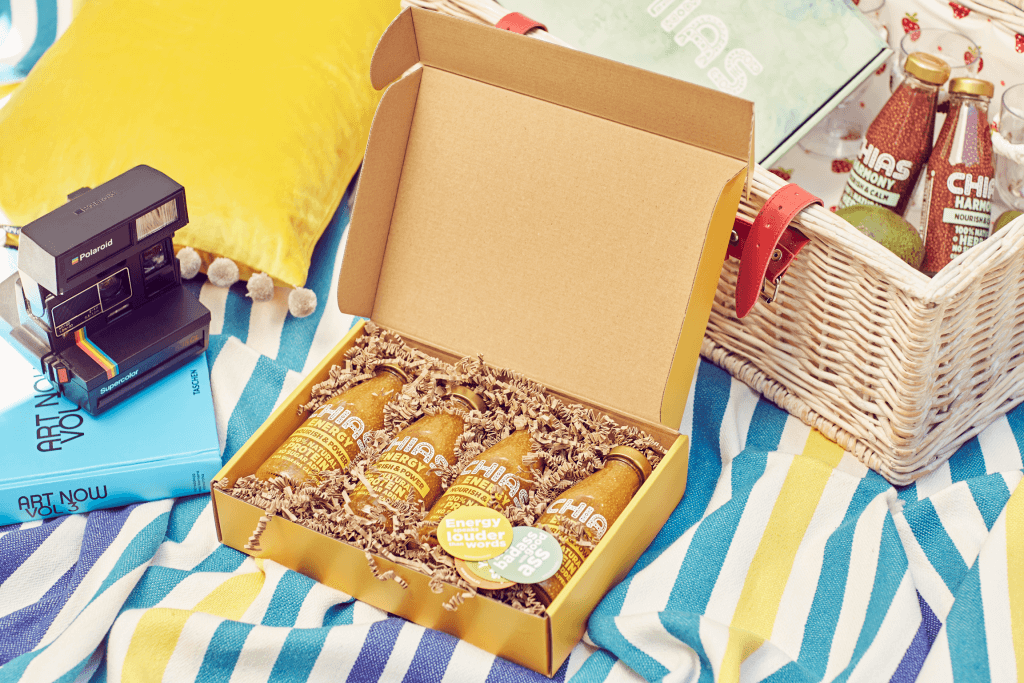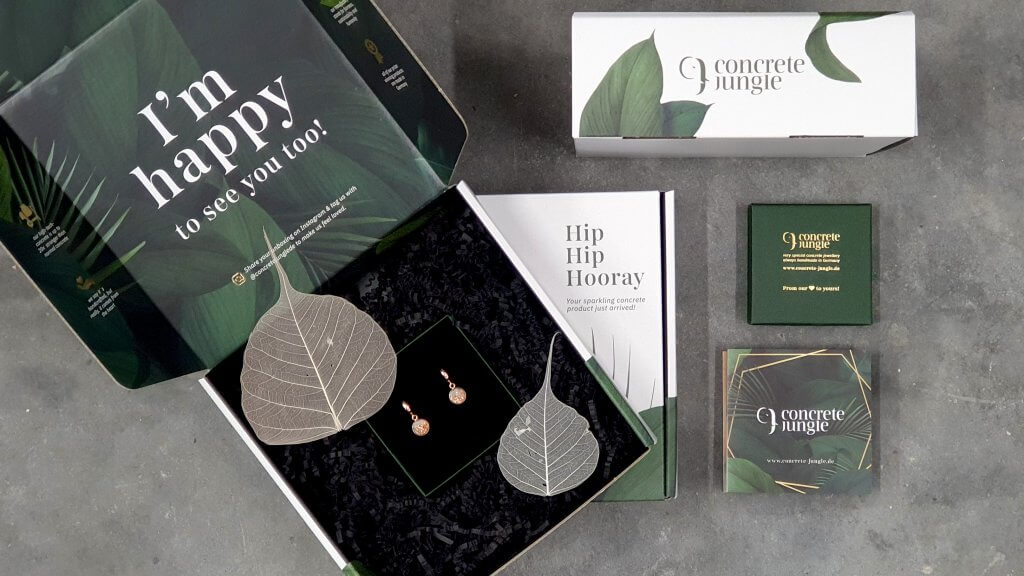There are many different types of voila fill, each with its own unique purpose. Voila fill can be used for packaging filler, shipping padding, or box cushioning. No matter what you need it for, voila fill is a versatile material that can help protect your items during shipping and storage.
Design Your Packaging before printing here: Pacdora
What is packaging filler?
In general, void fill or packaging fillers can be described as something that’s put into a shipping box to add protection against drops by taking up empty space inside the box. Good void filler protects against the rigours of transport, like being bounced around in the back of a delivery van, or thrown onto your doorstep by a lazy courier. By filling up some of that extra space in the box, it provides a layer of protection against impacts that could potentially damage your product during transit.
Design Your Packaging before printing here: Pacdora
As more and more brands look to make their mark, they’re rethinking not just what goes INTO their products, but what their PRODUCTS are made OF. More and more, brands are using eco-friendly materials for product packaging, with an eye not just toward being green, but also making the unboxing experience more fun and memorable. From printed cushioning to custom shapes and sizes, there’s a lot that brands can do to make their packaging stand out.
When do I need to use a void filler?
A lot of people think that packaging fillers are only there to help safeguard delicate items. However, the reality is that if you want your product to look nice for your customer, you should use some sort of void filler. Products with sharp pointy corners can easily pierce even the toughest corrugated box. By adding an extra layer of void filler or wrapping, it’ll be difficult to push through.
Design Your Packaging before printing here: Pacdora
This is also an issue with heavier products – they can wear through external packaging more easily due to constant vibrations during transport. Additionally, keep in mind that standard, off-the-shelf packaging supplies may not be value-engineered. This means that there may be a lot of empty space between your product and the internal edges of its shipping packaging. This space allows your item to move around, and it can potentially become damaged.
Types of void filler
Packing paper
Packing paper is a product that has a lot of different uses. You can use it to add a bit of cushioning to items, or you can fold it to protect a product. It’s also a great way to add a touch of class to items like books or clothing.
Internal inserts
Internal inserts are usually made out of cardboard and are folded in a special way so that your product is displayed nicely when the packaging is opened. Many new cell phones come with an internal insert that’s also designed to hold a manual, charger, headphones, and other accessories.
The beauty of internal inserts is in their snug fit. They’re designed to stay put, keeping your product and packaging together without any gaps or movement. That makes them ideal for products with lots of accessories, as well as high-end and luxury items that need to look extra polished, and also for extremely fragile products that can’t risk any jostling (like glass or porcelain).
Custom tissue paper

Custom tissue paper is a great way to make your product packaging look more luxurious and high-end. Many boutique fashion brands use tissue paper to wrap delicate items like lingerie, which adds a sense of elegance to the overall presentation. While custom tissue paper might not add a lot of protection, it is a small touch that can really make a big difference when it comes to luxury packaging.
Design Your Packaging before printing here: Pacdora
Sealed tissue paper can keep a sweater or blouse from unfolding during transit. That’s why it’s often used with durable products like shoes and other apparel items.
Wood wool/wood excelsior

Another great example of sustainable packaging is wood excelsior. It’s perfect for adding internal cushioning, as well as giving your products a rustic look and feel. In the image below, you can see how Fiain, an Irish candle business, uses dyed wood excelsior to add a unique touch to their branding.
Design Your Packaging before printing here: Pacdora
Curly wood that has been shaved down is often used for wood wool. This type of wood often has a strong scent that can be very noticeable when you open the box. If you’re using wood wool for clothing or other ‘soft’ products, it’s worth taking note of the smell. You may also want to consider incorporating the sense of smell into your brand’s unboxing experience! Wood wool is best for high-end, luxury packaging.
Shredded cardboard

Shredded cardboard is a type of recycled packaging. Cardboard can be recycled and turned into paper pulp, but it will eventually lose its structural integrity. Once cardboard reaches the end of its life, it is often shredded and used as void filler.
Shredded cardboard is often used as a rustic form of gift packaging or as box filler for subscription boxes. It’s not the softest material, which makes it great for protecting small but heavy objects like glass jars. Best for: Adding a sense of ‘nature’ and rawness to your brand Protecting small but relatively heavy objects.
Partition dividers

Pads and partitions play an important role in keeping items inside the box safe and secure. These materials are usually made from cardboard or light wood, and they help to keep things like small bottles, cosmetics, and jars neatly organised. Partitions are often used in larger shipping boxes that contain multiple items that need to be kept separate (like glass), to prevent them from touching and breaking during transit.
Protect your items during shipping by using partitions in your box. Partitions are especially useful for larger boxes that contain multiple items of the same type (like glass bottles). This way, you can ensure that your items don’t touch during transit and arrive safely at their destination.
Air pillows
Air pillows are a great way to protect your items during shipping, but they can be terrible for the environment. Most air pillows are made from plastic, which means they can’t be recycled. If you care about the environment, try using another form of void filler, like biodegradable peanuts.
Plastic air pillows made from plant-based biodegradable polymers are an eco-friendly option for high-volume warehouses and product packaging. They are also a great choice for brands that want to demonstrate their commitment to sustainability.
Bubble wrap

While bubble wrap is often used as a stress reliever, its versatility also makes it a common internal liner for mailing bags, such as royal mail jiffy bags and other small postage solutions. However, bubble wrap can’t really be customized, and like air pillows, it’s usually single-use plastic packaging that’s terrible for the environment. For brands on a budget or those needing high-volume fulfilment, bubble wrap may be the best option; but for those looking for a more sustainable option, it’s best to look elsewhere.
Packing peanuts
Cornstarch packing peanuts are an environmentally friendly replacement for traditional polystyrene foam packing peanuts. They are made from corn waste or another plant-based material and are biodegradable. These types of packing peanuts are just as effective as their traditional counterparts, but they don’t have the same negative environmental impact.
What’s the best filler for you?
To find the right type of void filler for your products, you’ll need to consider a few factors. Sustainability, protection, and branding are all important to consider. You’ll also need to think about your budget and how much time you’re willing to spend on packaging. Once you’ve answered these questions, you’ll have a better idea of what type of void fillers are best for your brand.

Leave a comment